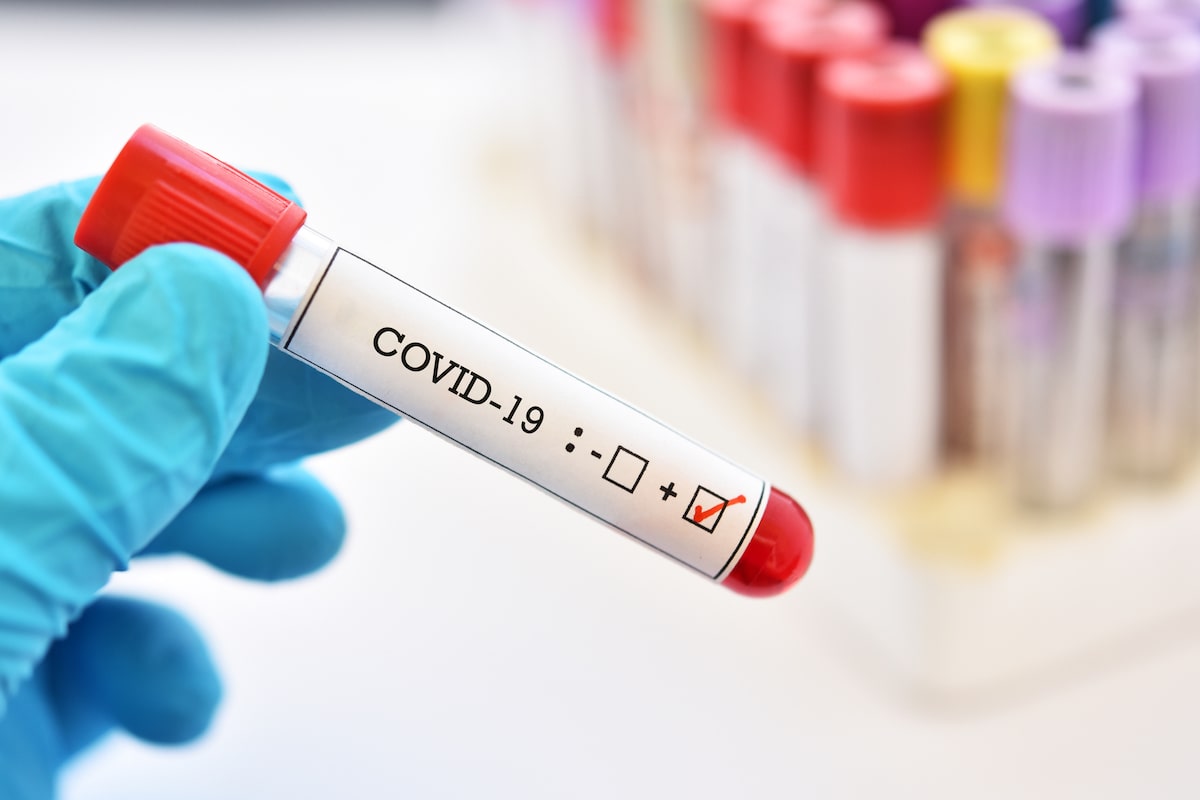<< Back
CDC Identifies More Symptoms of COVID-19 Infection

April 27, 2020
For weeks, we’ve been eagle-eyed for fevers, coughing and trouble breathing, but doctors are now revealing additional symptoms that can be signs of the deadly COVID-19 virus.
The Centers for Disease Control recently expanded the list of signs a person may be infected with the virus to include:
- Muscle pain.
- Sore throat.
- Headaches.
- Chills that cause prolonged shaking.
- Loss of taste or smell.
Symptom variation from one patient to another is part of the challenge of COVID-19. Many COVID-positive patients, for example, aren’t feverish or their fever comes and goes.
Besides the CDC update, healthcare teams fighting the pandemic list other signs, such as:
Blood clots: This symptom might not be apparent until the person is hospitalized, but many COVID-19 patients show elevated levels of protein particles in their blood indicating their bodies are trying to break up blood clots. The blood of others is clogging in medical tubing.
Clots are causing heart attacks and strokes in COVID-19 patients, and leading to swollen wounds on fingers and toes, and skin rashes. Autopsies often show blood vessels choked with blood clots. Clots seem to target the lungs, cutting off blood flow to the air sacs where blood should exchange oxygen and carbon dioxide.
French researchers compared 150 patients with respiratory failure due to COVID-19 and 145 with respiratory failure but no virus. They noticed much higher rates of blood clotting in the former, although why this is happening is still largely unproven.
A cardiologist, in a letter published in The Lancet, asserted that images taken with an electron microscope found traces of COVID-19 in the lining of blood vessels throughout the body. This, he said, indicates it is not just a lung disease. This would explain why people with high blood pressure, heart disease and diabetes are more likely to get sicker from the virus and why ventilators don’t help all patients.
Digestive issues: Research out of Wuhan, China, showed more than half of patients testing positive for COVID-19 came to the hospital complaining about diarrhea, loss of appetite or vomiting. They delayed their trip and were then more likely to suffer liver damage. The researchers advised that anyone with digestive symptoms and a fever that will not go away should self-quarantine as if they had COVID-19.
Silent hypoxia: Some quite sick with COVID-19 show very low blood oxygen saturation levels but aren’t struggling to breathe. They, in short, don’t present like patients with typical respiratory distress or failure. Their lungs simply aren’t effectively oxygenating the blood.
Healthy blood oxygen levels are around 97 percent. At levels below 90 percent, the brain may not get enough oxygen and people might feel confused or sluggish. If levels dip to the low 80s, vital organs could be damaged.
Like the digestive distress, this symptom belies the severity of the disease, so people wait until they feel much worse to seek care. Some feel alert and comfortable with levels in the 80s. The realization caused some experts to suggest people use pulse oximeters to monitor their symptoms at home and seek help sooner if needed.
Treatment has been affected by this riddle as well. Fewer who are not struggling to breathe are being intubated even if their blood oxygen level is low. Most do well with oxygen delivered through a nasal tube or mask.
Not feeling well? Call your healthcare provider for guidance and try to avoid going directly to an emergency department or urgent care center, as this could increase the chances of the disease spreading.
Need to see your doctor? New Patient? For more information about Hartford HealthCare virtual health visits, click here.
Click here to schedule a virtual visit with a Hartford HealthCare-GoHealth Urgent care doctor.
Stay with Hartford HealthCare for everything you need to know about the coronavirus threat. Click here for information updated daily.
Questions? Call our 24-hour hotline (860.972.8100 or, toll-free, 833.621.0600).
Get text alerts by texting 31996 with COVID19 in the message field.